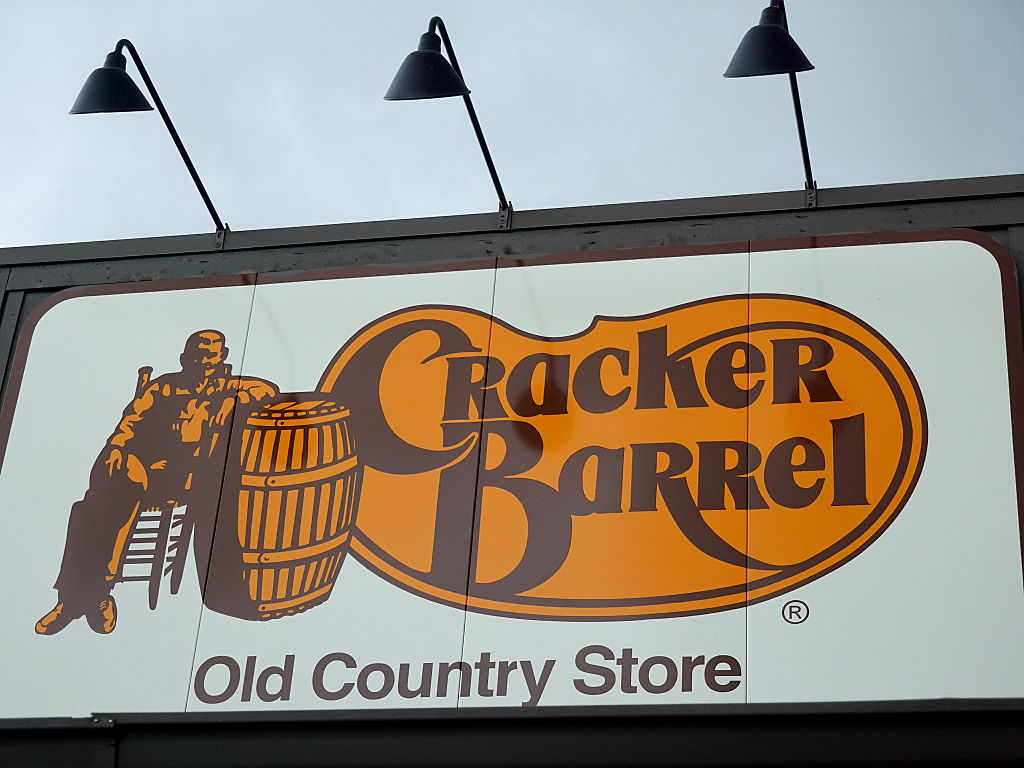Robert Conquest once observed that everyone is conservative about what they know best. The European Union is learning this painful lesson as it struggles to save its declining steel industry. Out go lofty liberal principles of free trade; in come the traditional tariffs and quotas needed to protect high-cost domestic producers from global markets. That European consumers of steel might benefit from cheap imports is no longer of any consequence when a critical industry employing 300,000 politically mobilised workers in Germany, France and Italy stands at the brink. One third of Europe’s steel-making capacity sits idle, and a sector that just a decade ago added to the EU’s overall trade surplus now finds itself unable to compete with Asian producers. An industry that sired the European project when the 1951 Treaty of Paris created the Coal and Steel Community is now propped up by its institutional progeny.
European mills are struggling with the consequences of the 50 per cent Trump tariffs on steel, which have both priced EU steel out of one of its largest export markets and diverted a flood of Chinese steel away from the US and toward Europe. The Commission proposes to lower the global quota for steel imports by half, and apply a 50 per cent tariff to the remainder. Trade Commissioner Maroš Šefčovič contends that the EU remains committed to a “global network of free trade agreements” but alas, “…we must act decisively to defend Europe’s interests.” The ultimate objective is to “…find a global solution for the global problem of overproduction in the steel industry.”
Unfortunately, global overproduction of any particular commodity is a classic prisoner’s dilemma: It makes more sense to defend your domestic producers than sacrifice them in the hopes of encouraging others to do the same. China will defend its state-owned steel makers to preserve industrial jobs and domestic stability. If Europe throws up barriers, China will be happy to run EU steel out of key markets in the rest of the world. The US has little incentive to help the EU find a solution to global overproduction. New tariff protections have already led to a remarkable revival in US steel making, and the US has always been much less dependent on steel exports than Europe. Servicing its continent-sized steel market behind tariff walls is a policy victory for this White House, not a problem to be rectified in some tedious international negotiation.
While the Commission points to Chinese overproduction as the proximate source of its domestic steel industry woes, it is not in fact clear that the cheap loans and subsidies offered by Beijing have a greater competitive impact than the labour and environmental costs imposed by the EU and member state governments. Archaic labour laws make mass layoffs in response to falling revenues time consuming and extremely expensive, which degrades wage productivity and firm profitability. Net Zero mandates threaten to render the coal-intensive manufacture of raw steel obsolete. The promise of hydrogen-fired iron smelters remains a distant dream, not least as the cheapest source of hydrogen remains natural gas, no longer a cheap fuel in Europe. Electric arc furnaces require vast amounts of power that is simply no longer available at competitive rates in Europe. Massive investments in gas-fired generators and nuclear power will be needed before European arc furnaces can compete globally. Until that long-term goal is accomplished, the Commission’s plans for a “circular steel economy” based exclusively on recycled scrap and arc furnaces and free of dirty coal-fired smelters will remain illusory.
Europe once led the world in steel production and innovation. The open hearth furnace was introduced by a German-French venture in the nineteenth century, and was superseded after the Second World War by the basic oxygen furnace developed by the Austrian firm Voestalpine. The Korean War boom allowed European firms to exploit this technological advantage and claim lucrative markets around the world. Yet the gods of the product cycle are never appeased: Japan, South Korea and now China have coupled European technologies with more efficient shop floor practices and lower labour costs. Which wouldn’t be a problem if Europe could retreat to a robust domestic market like the United States. But Europe exported 22 million metric tons of steel in 2024, worth €78 billion. It cannot maintain a thriving steel sector behind high tariff walls should competitors retaliate with their own trade restrictions.
Europe is not just vulnerable because of its need to export its steel output, it is exposed by its lack of critical inputs. Europe mines insufficient quantities of iron ore or the coal needed to turn it into steel. Australia and the US provide metallurgical coal to the EU’s iron and steel sector, while Brazil and Canada ship iron ore. None of these sources are loyal to anything other than best price, which can force EU steel makers to bid against more profitable rivals for limited supplies. The EU’s new tariffs won’t secure reliable imports of key mineral imports. The new Critical Raw Material Act can’t magic up ample supplies from global sources by regulatory fiat, and domestic production remains hostage to the intricate and time-consuming environmental regulations that are the EU’s forte. The mining industry is only slightly more acceptable than cannibalism among the enlightened bien-pensants who devise EU rules. The Commission’s attempts to export its rococo environmental regulations to the rest of the world via the Carbon Border Adjustment Tax will only alienate the providers of the raw materials Europe needs, who can cheerfully ship their goods to less persnickety customers, or perhaps simply forge the necessary paperwork.
The EU would dearly love to solve the problems of its declining steel sector by forging a robust international agreement restricting production volumes, and clearly views its new quotas and tariffs as just the authority it needs to begin the process. But even Saudi Arabia cannot discipline world oil markets despite its dominant position in oil production. The notion that Europe’s declining share of world steel production might give it leverage sufficient to convince China and other major steel makers to restrict their production is ludicrous outside the rarefied corridors of the Berlaymont. The EU needs world markets more than world markets need the EU. As a wise American President once said, “ … You just don’t have the cards.”





€800bn arms without armies? All dead steel and no soldiers